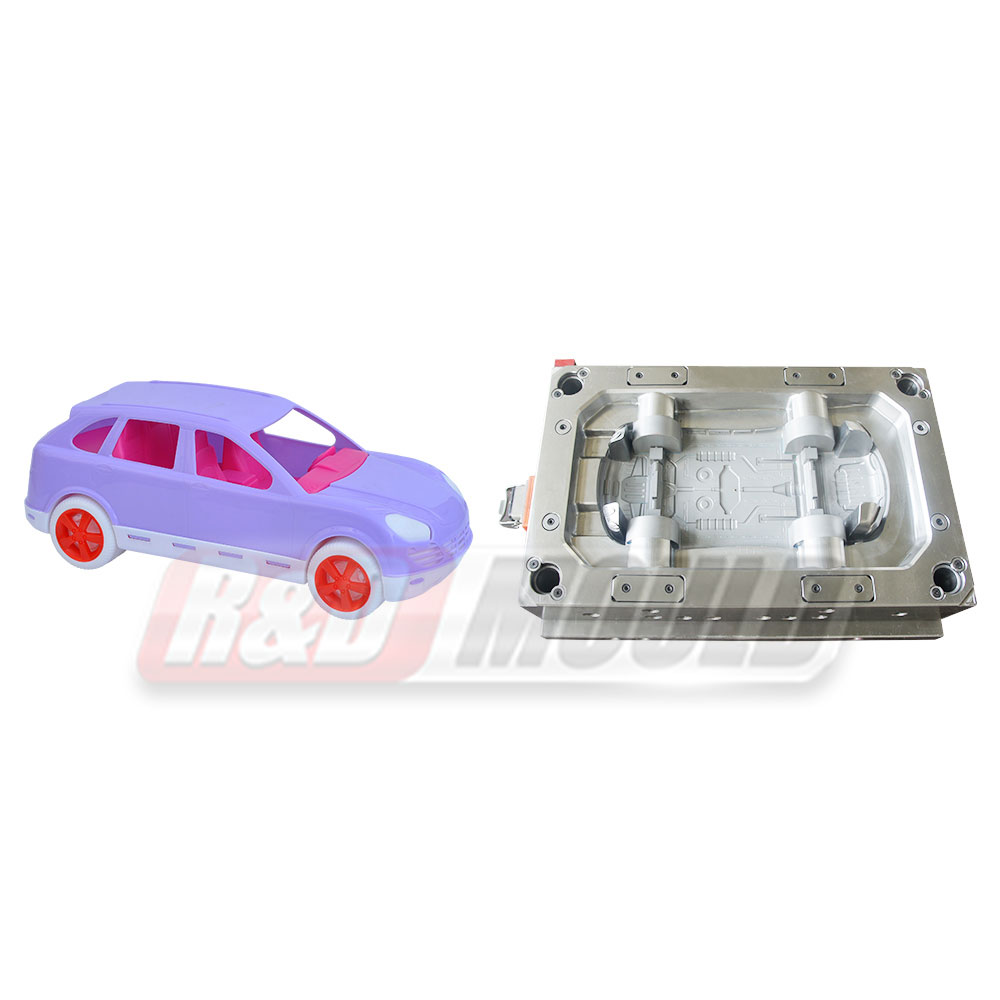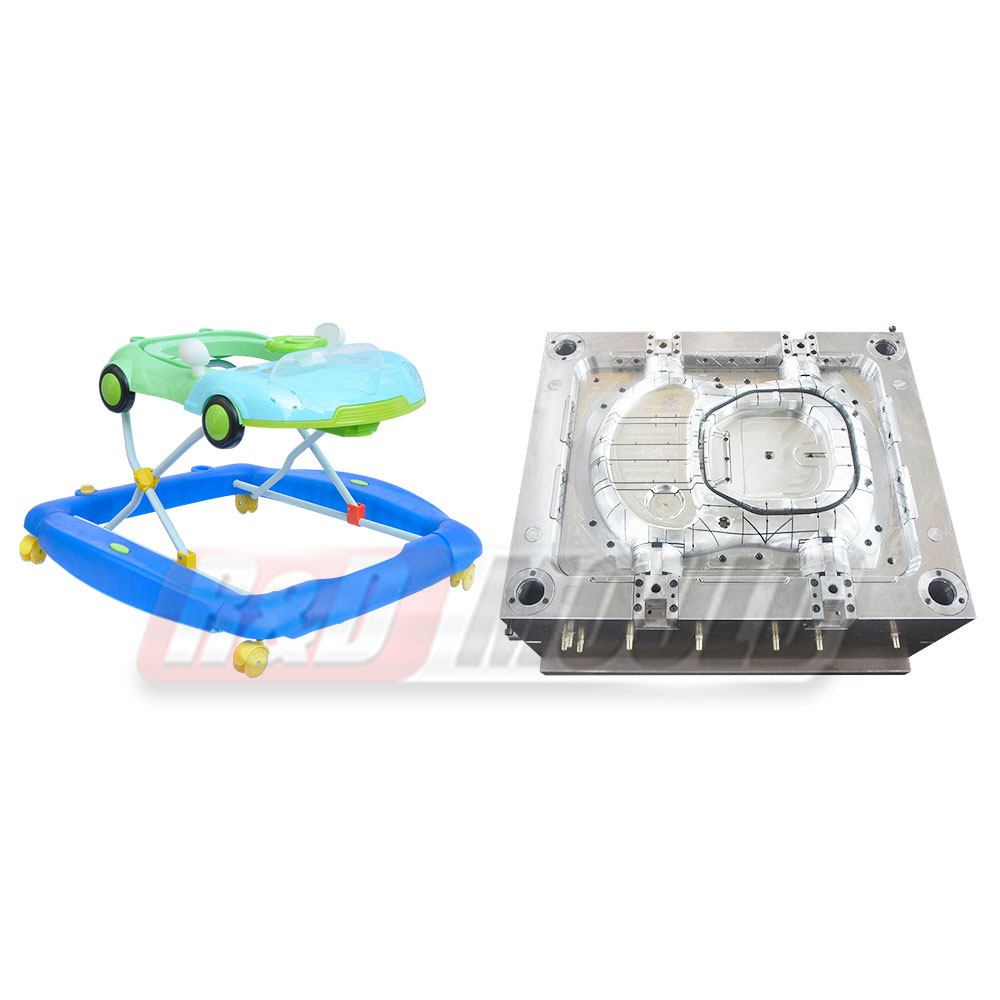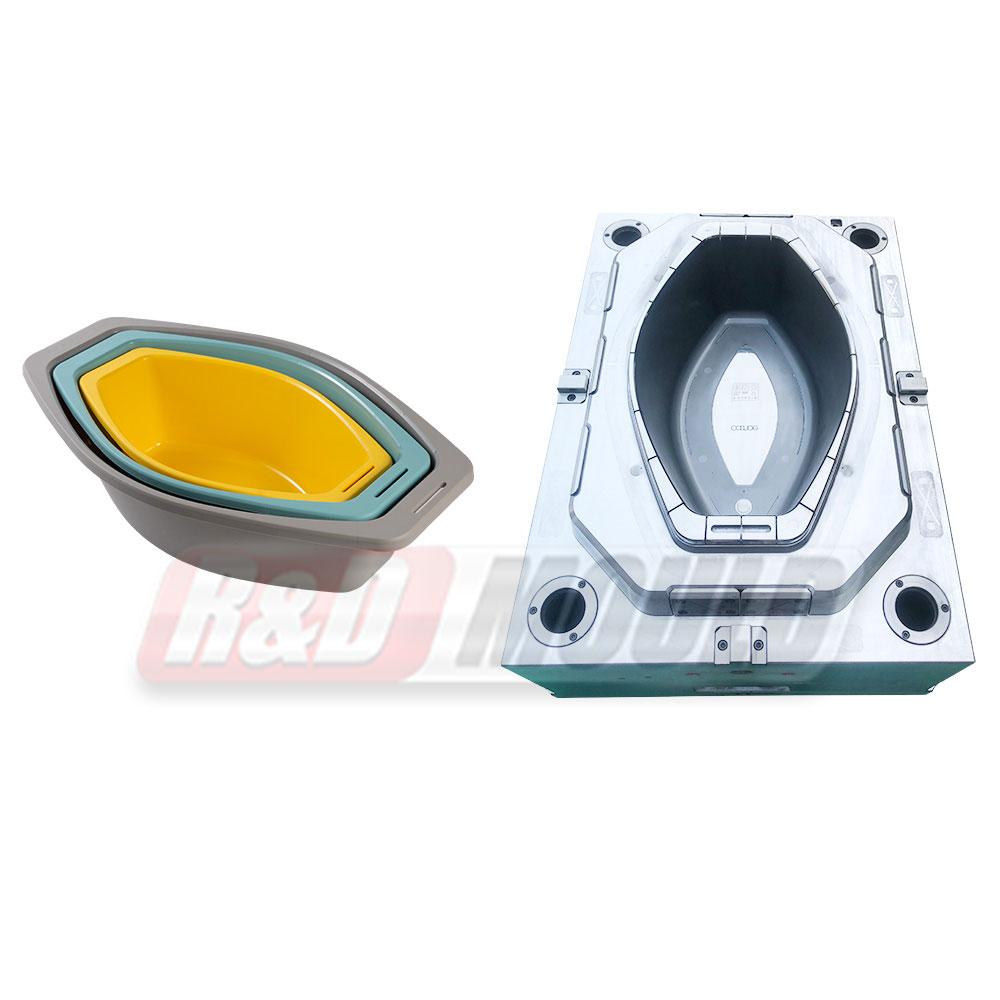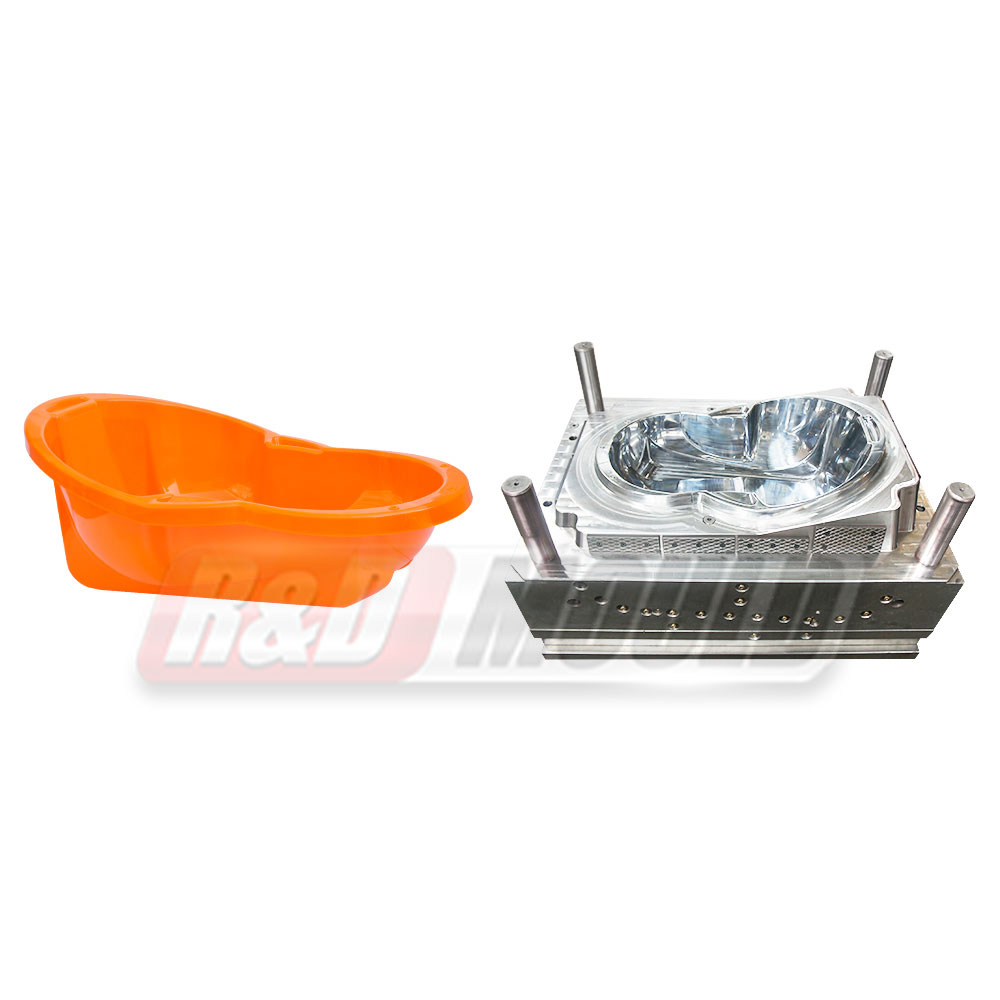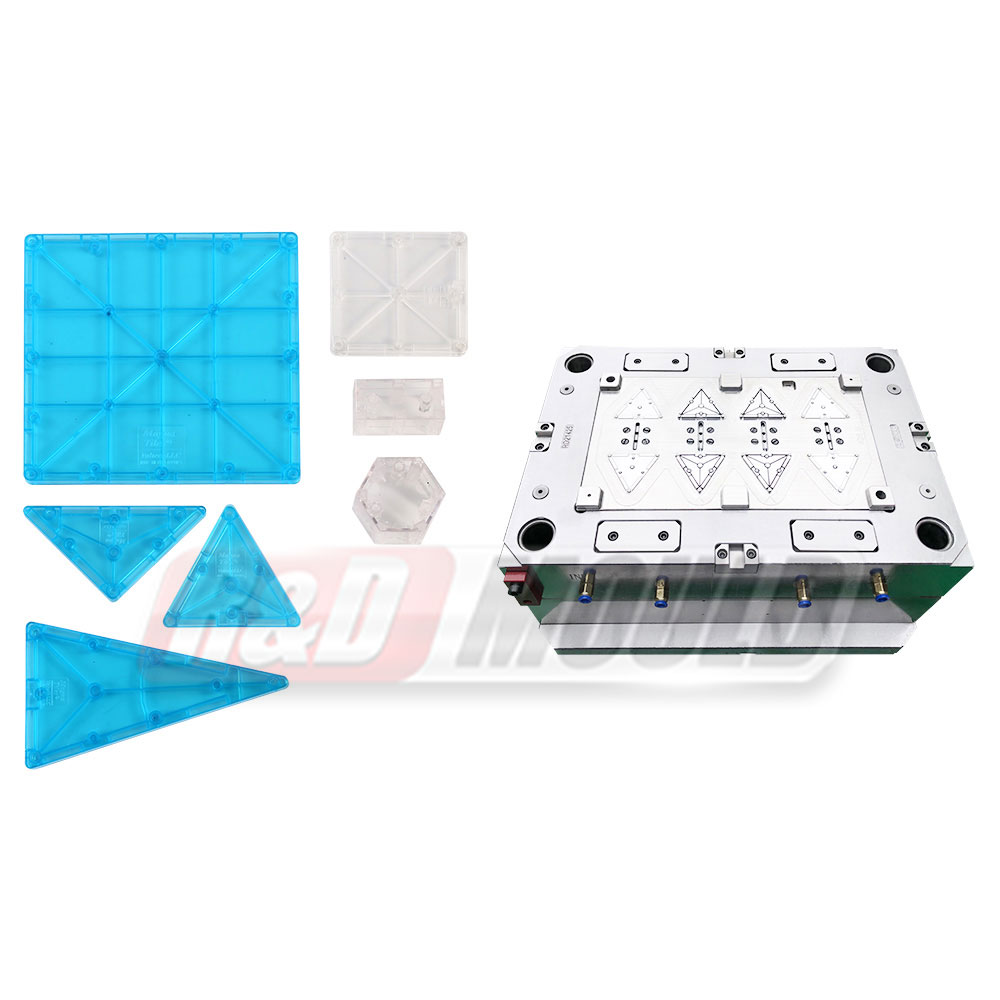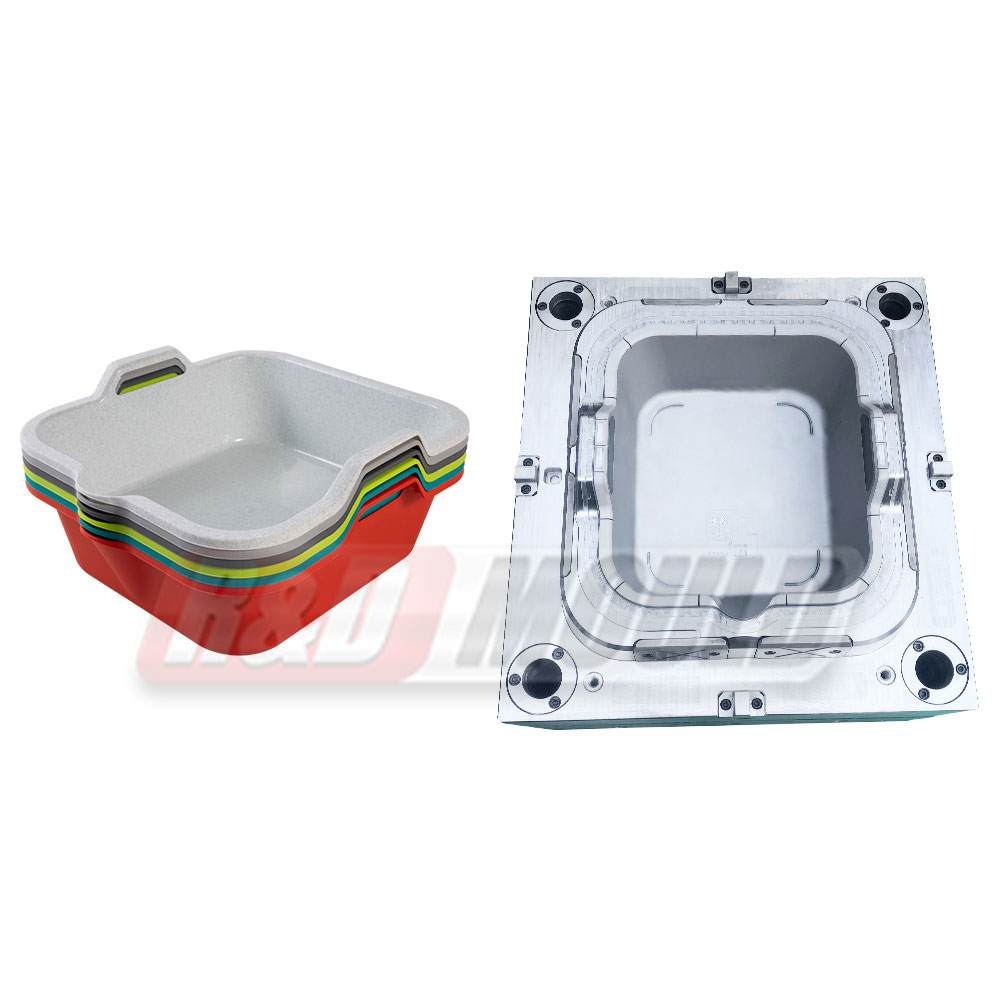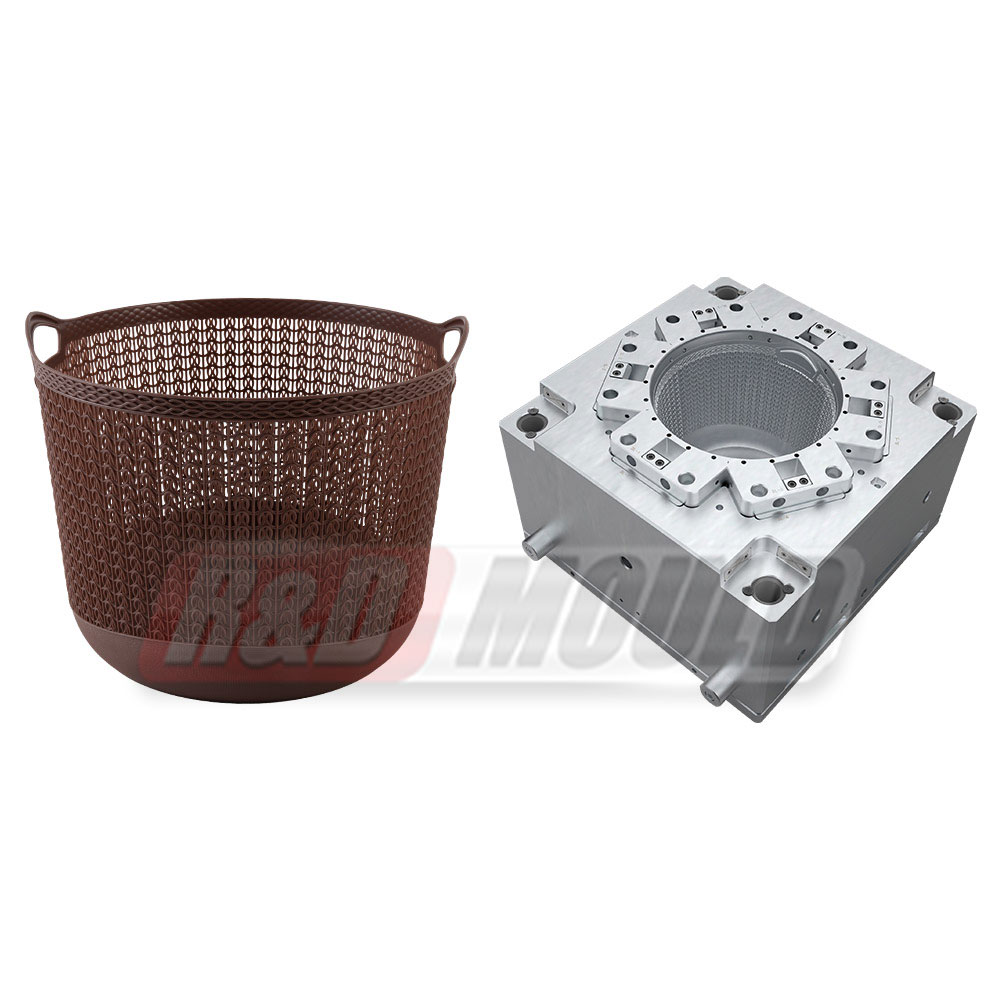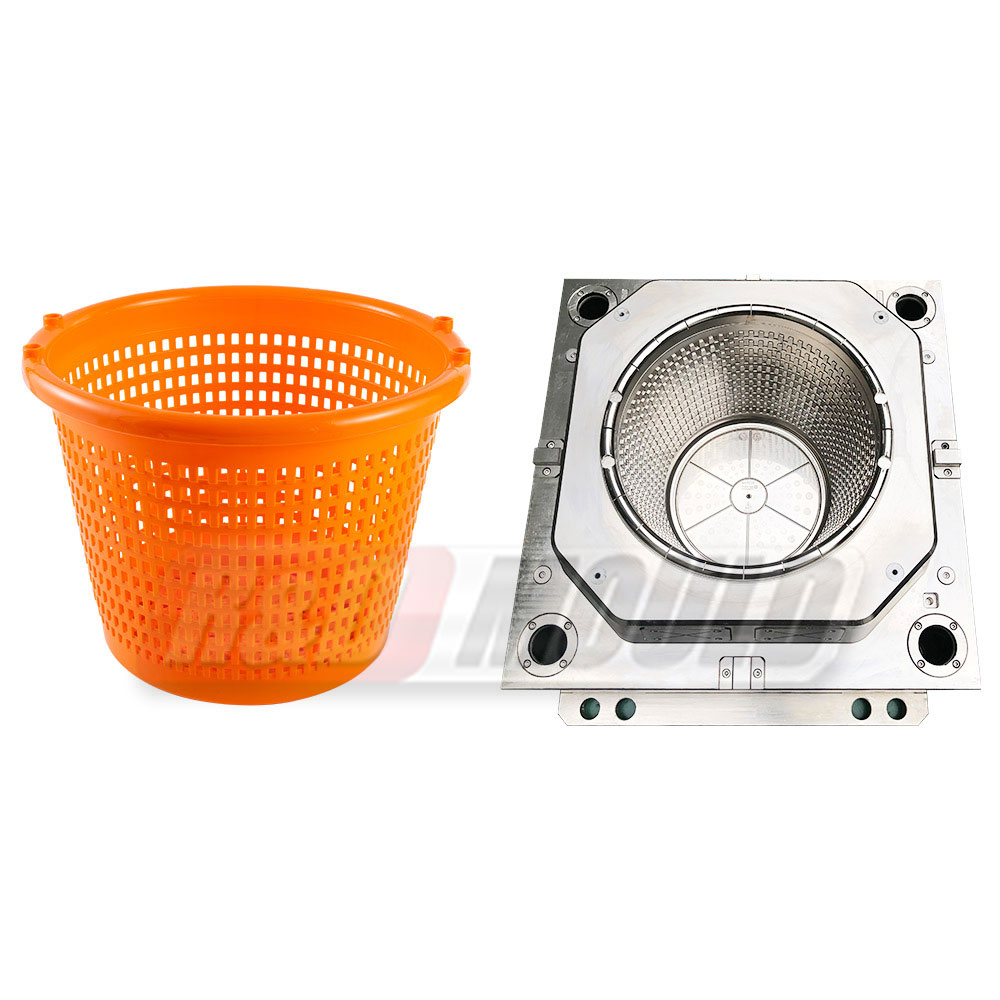Custom automotive bumper mould Supplier
In the fast-paced and ever-evolving automotive industry, the demand for high-quality, efficient, and reliable automotive components has never been higher. To meet this demand, automotive manufacturers rely on one of the crucial pieces of production equipment: automotive moulds. These precision tools are at the heart of mass-producing parts that range from intricate interior components to robust exterior panels, each requiring the standards in design, durability, and functionality.
Automotive moulds have come a long way in their design and application. As vehicles have become more technologically advanced and aesthetically intricate, the complexity of the parts they require has similarly increased. To address this, automotive moulds have evolved to accommodate the sophisticated manufacturing techniques needed to produce parts with intricate geometries, improved performance characteristics, and enhanced durability.
The Complex Design of Automotive Moulds
One of the primary factors contributing to the increased complexity of automotive moulds is the growing intricacy of automotive parts themselves. Today’s vehicles include numerous high-precision components, many of which feature complex shapes, intricate internal structures, and lightweight materials. To create these parts efficiently and accurately, automotive moulds must be designed to handle a range of challenges.
Among the prominent features of modern automotive moulds are multi-cavity designs. These allow multiple components to be produced in a single shot, significantly enhancing productivity. Multi-cavity automotive moulds not only streamline production by reducing the number of moulding cycles required, but they also offer more cost-effective manufacturing processes, particularly for high-volume runs.
In addition to multi-cavity designs, automotive moulds often incorporate features like sliders and lifters. These mechanisms enable the mould to produce parts with undercuts or complex features that would be impossible with a simple two-part mould. The use of sliders and lifters allows the automotive mould to move in multiple directions, ensuring that the produced parts meet the necessary design specifications without compromising on quality or precision.
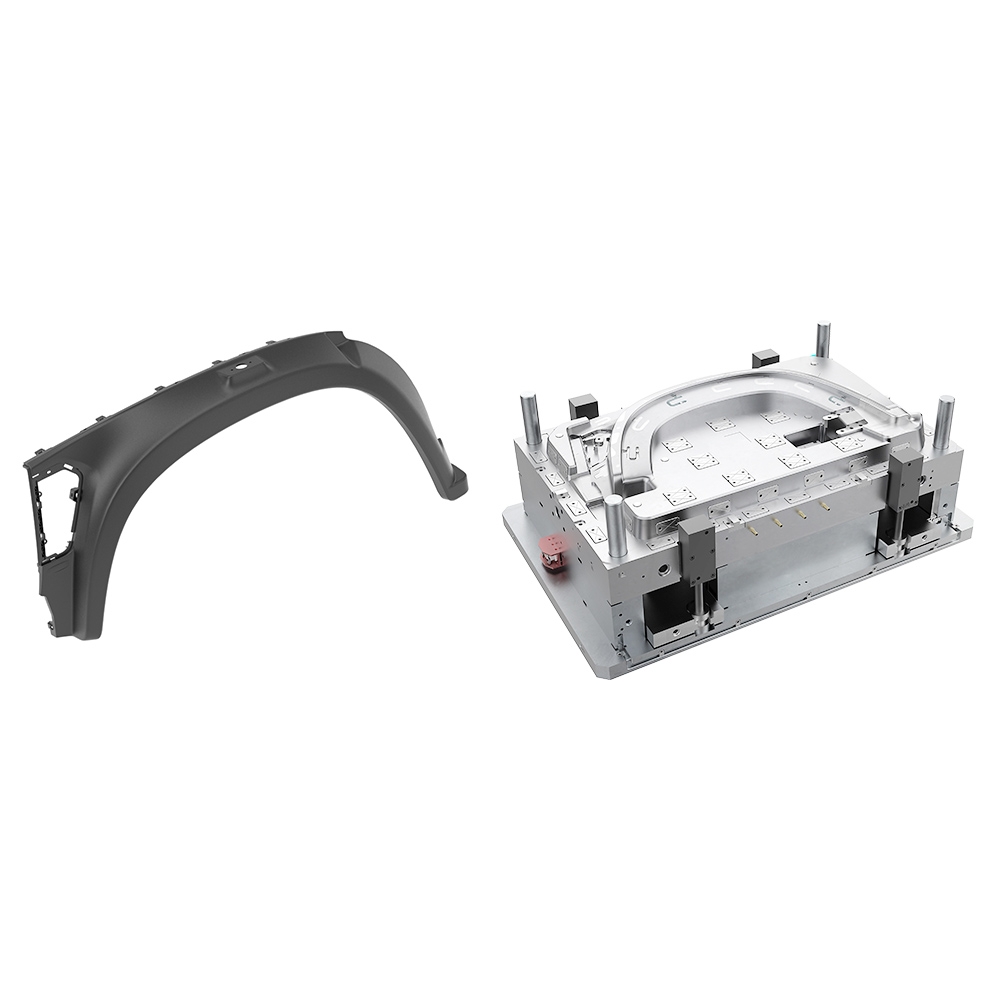
To ensure the proper form, fit, and function of the parts, it’s also common to integrate advanced cooling systems within the mould. Automotive moulds are typically designed with optimized cooling channels that circulate coolant through the mould to regulate the temperature during the injection process. This is critical, as the cooling rate directly influences the material properties and dimensional accuracy of the finished part. Proper cooling ensures that automotive components are produced with consistent quality, free from warping, shrinkage, or other defects.
Moreover, the addition of gas venting systems within automotive moulds is essential for the smooth and efficient production of high-quality parts. During the injection process, air trapped inside the mould cavity must be vented to prevent defects such as bubbles or incomplete filling. Automotive moulds are equipped with carefully engineered venting systems to expel gas while maintaining the integrity of the mould design and the final product.
The Role of Heating and Cooling Systems
In addition to their structural complexity, automotive moulds also feature highly sophisticated heating and cooling systems designed to optimize production cycles and enhance part quality. The speed at which a mould cools or heats directly affects the efficiency of the manufacturing process and the quality of the final product.
Efficient cooling is a key factor in improving the production cycle time of automotive moulds. Faster cooling allows manufacturers to reduce the time needed to produce each part, increasing overall throughput. However, this must be done carefully, as uneven cooling can cause warping or cracks in the finished part. Therefore, the cooling system of an automotive mould must be precisely designed to ensure even temperature distribution across the entire surface of the mould cavity.
On the other hand, heating systems within automotive moulds play an equally vital role. By providing controlled heating to the mould, manufacturers can ensure that the injected material—often a thermoplastic or thermoset polymer—is at the correct temperature for flow and filling of the mould cavity. This ensures that the material fills every corner of the mould evenly, preventing issues like incomplete filling or excessive cooling that might affect the structural integrity of the part.
As the demand for faster, more efficient production increases, the integration of advanced heating and cooling technologies in automotive moulds becomes even more important. These systems must be capable of handling high-temperature materials while maintaining precise control over temperature variations. Through the use of advanced sensors, real-time monitoring, and automation, automotive moulds can be adjusted dynamically to maintain performance throughout the production cycle.
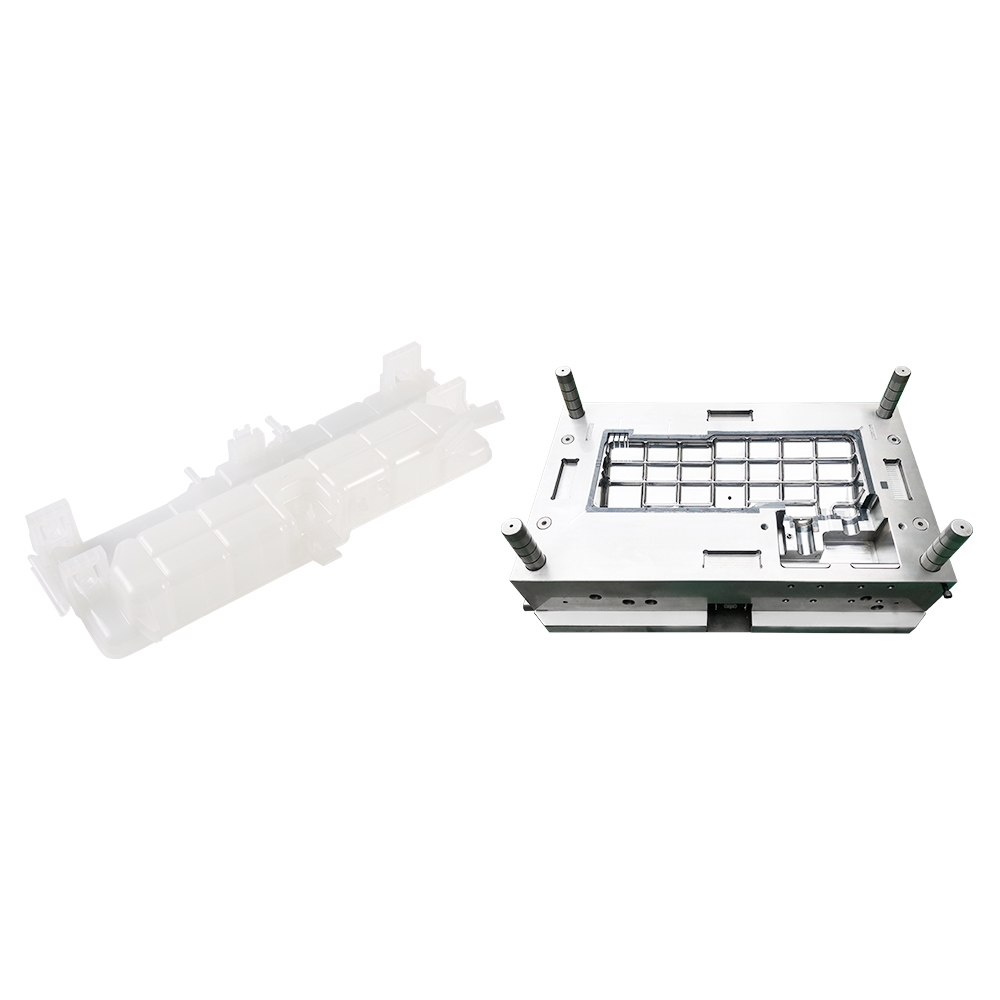
Material Selection and Durability
The material selection for automotive moulds is another crucial consideration in their design. Moulds must be made from materials that can withstand the high pressures, temperatures, and stresses associated with automotive production processes. Steel, particularly tool steel, is the commonly used material due to its wear resistance, toughness, and ability to withstand high temperatures. However, other materials like aluminium alloys are sometimes chosen for specific applications where lighter weight and faster cycle times are desired.
Durability is a key characteristic of automotive moulds, as they are subjected to thousands, if not millions, of production cycles. Over time, repeated injection cycles can cause wear on the mould surfaces, to dimensional inaccuracies and potential failures. To combat this, automotive moulds are designed with longevity in mind, using advanced coatings and surface treatments that help extend their service life. These treatments provide additional resistance to wear and corrosion, ensuring that the mould continues to produce high-quality parts without frequent maintenance or replacement.
As the automotive industry continues to evolve with new materials, designs, and manufacturing technologies, so too must the automotive moulds that support it. The integration of advanced technologies, such as 3D printing and automation, is beginning to influence the design and production of automotive moulds. With 3D printing, for example, manufacturers can rapidly prototype and create highly complex moulds with minimal time, allowing for greater flexibility and customization in production.
In addition, the push for sustainable manufacturing practices is encouraging the development of automotive moulds that are more energy-efficient, use less material, and generate less waste. Advanced simulation tools are also helping engineers optimize mould designs, ensuring they meet the exacting standards required for modern automotive components while reducing both cost and environmental impact.
In conclusion, automotive moulds are a cornerstone of modern automotive manufacturing. Their complex designs, advanced cooling and heating systems, and durable materials ensure the production of high-quality components that meet the rigorous demands of the industry. As the automotive landscape continues to change, automotive moulds will undoubtedly evolve alongside it, incorporating new technologies and techniques to meet the needs of the future.





 English
English عربى
عربى Español
Español Français
Français